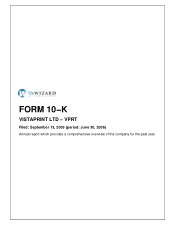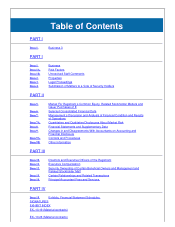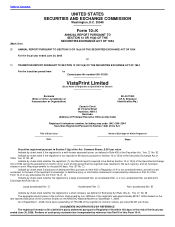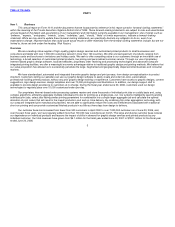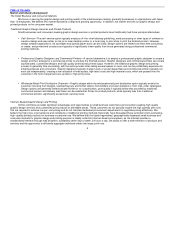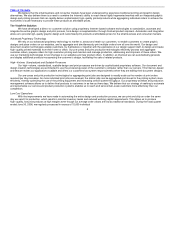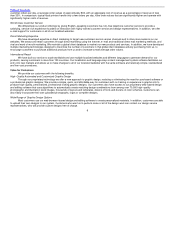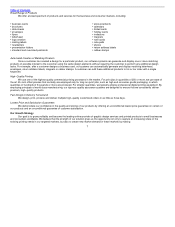Vistaprint 2006 Annual Report Download - page 7
Download and view the complete annual report
Please find page 7 of the 2006 Vistaprint annual report below. You can navigate through the pages in the report by either clicking on the pages listed below, or by using the keyword search tool below to find specific information within the annual report.
Table of Contents
Market and Industry Background
The Small Business and Consumer Markets
We focus on serving the graphic design and printing needs of the small business market, generally businesses or organizations with fewer
than 10 employees. We believe this market represents a large and growing opportunity. In addition, we market and sell our graphic design and
printed products to the consumer market.
Traditional Graphic Design Services and Printed Products
Small businesses and consumers seeking graphic design services or printed products have traditionally had three principal alternatives:
ŸSelf−Service—The self−service option typically employs off−the−shelf desktop publishing, word processing or other types of software to
create a design and uses either an ink jet or laser desktop printer or a local copy or print shop to print the finished product. However,
design software applications, ink cartridges and special paper stock can be costly, design options are limited and often time consuming
to create, and printed end−products are typically of significantly lower quality than those generated using professional commercial
printing methods.
ŸProfessional Graphic Designers and Commercial Printers—A second alternative is to employ a professional graphic designer to create a
design and then arrange for a commercial printer to produce the finished product. Graphic designers and commercial printers can create
sophisticated, customized designs and high quality professional printed output. However, the traditional graphic design and printing
process is generally time consuming, with the entire process often taking several weeks or more, and can be prohibitively expensive for
small businesses and consumers. Graphic designers typically charge hourly or project based fees and commercial printers typically run
each job independently, creating a low utilization of fixed assets, high labor costs and high material costs, which are passed onto the
customer in the form of expensive set−up fees or high print prices.
ŸWholesale/Retail Print Distribution Channels—Graphic design within the wholesale/retail print distribution option typically entails the
customer choosing from designs, standard layouts and format options from binders of product samples or from mail−order catalogues.
Design options are generally limited and permit little or no customization, print quality is typically below that provided by traditional
commercial printers and delivery lead times can be substantial. Prices for printed products, while typically less than traditional
commercial printers, significantly exceed self−service prices.
Internet−Based Graphic Design and Printing
Online commerce provides significant advantages and opportunities to small business customers and consumers seeking high quality
graphic design services and customized print products at affordable prices. These customers do not typically require the high quantity print runs
that are required to achieve low per−unit pricing and do not maintain dedicated procurement departments to negotiate pricing effectively. We
believe the high price, inconvenience and complexity of traditional printing methods historically have dissuaded these customers from purchasing
high−quality printed products for business or personal use. We believe that the highly fragmented, geographically dispersed small business and
consumer markets for graphic design and printing services is ideally suited for Internet−based procurement, as the Internet provides a
standardized interface through web browsers, availability seven days a week, 24 hours a day, the ability to offer a wide selection of products and
services and the opportunity to efficiently aggregate individual orders into larger print runs.
4

